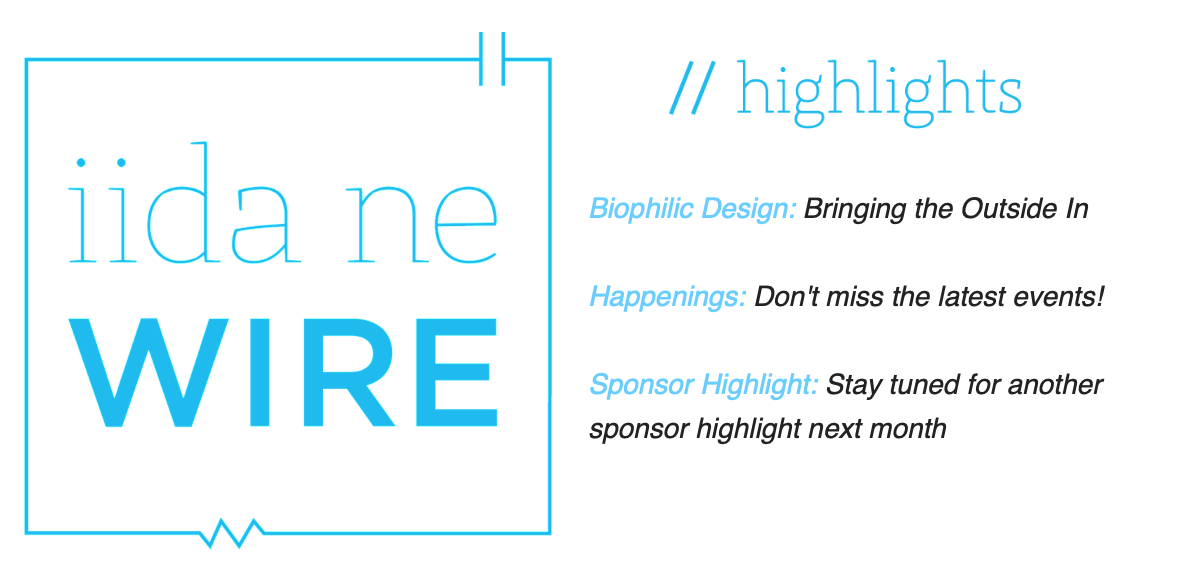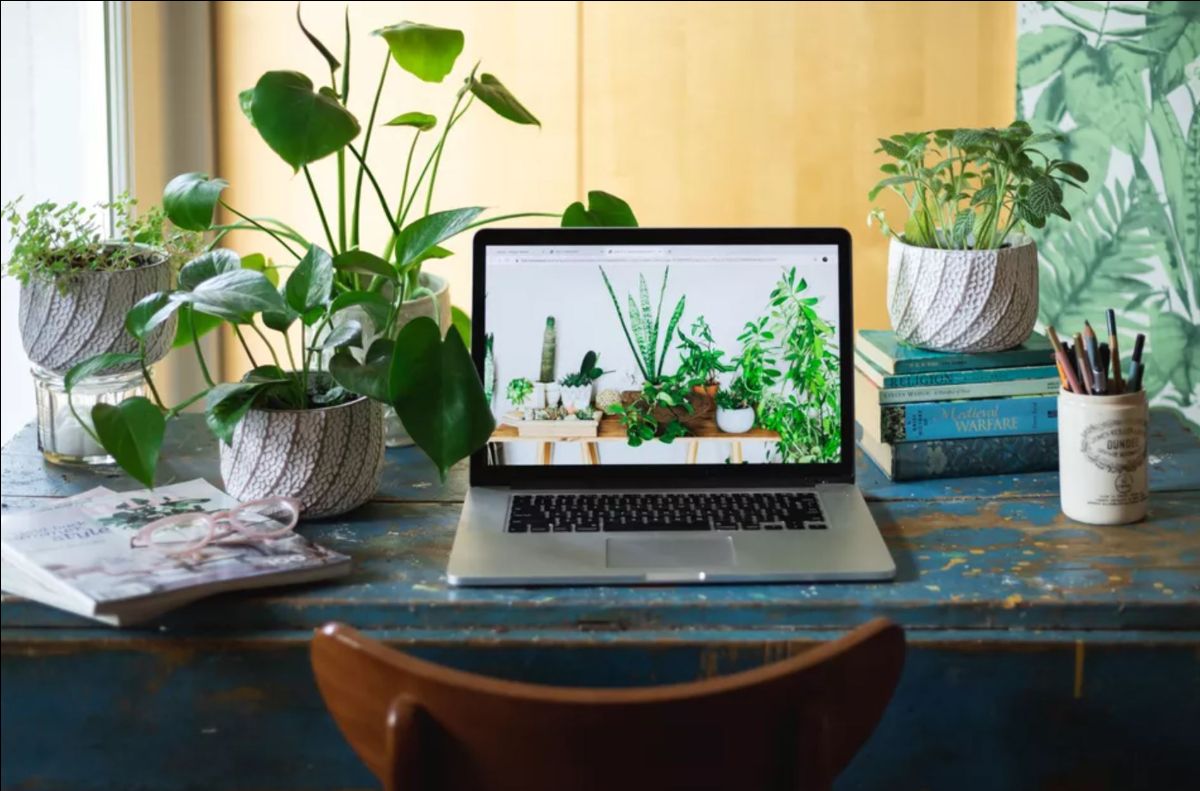|


Biophilic Design
Bringing the Outside In
In recent years, the concept of biophilia has exploded onto the scene, changing the way people think about their interior spaces, both at home and at work. This concept stems from the idea that the great indoors should mimic the great outdoors to improve people’s lives – an insight that is backed by increasing amounts of research. Because humans today spend 90% of our time indoors, according to the EPA, it is necessary to create indoor environments that reference nature's patterning and tranquility. This idea poses interior design not merely as an aesthetic discipline, but as a way to improve people’s mental and physical well-being.
There are many scientific studies indicating that being closer to nature, in both obvious and subtle ways, is beneficial for your health. A 2019 study found that children in Denmark who had been exposed to more greenery had 55% less mental health problems later in life compared to those who weren’t exposed to nature. Other research has shown that plants can reduce stress, aid with focus, and even increase immunity.
Studies have also tied plants to productivity. In a series of two studies, researchers in Norway found that subjects who did attention-based tasks surrounded by greenery improved their scores over time than subjects who didn’t. The science behind this is an idea is called “attention restoration theory”: We spend a lot of work time in intense focus, which leads to mental fatigue. Spending even a few seconds with your eyes away from your screen to look at a desk plant could help give your mind a break and restore your ability to focus.
Incorporate a few of these biophilic design tips as a way to enhance your own workspace:
- sit near a window or under a skylight (if you have one) where you have access to natural light and views of nature
- incorporate some plants* at or near your workstation
- use tactile natural materials such as a natural jute rug that feels natural underfoot
- use man-made materials that are indicative of nature - i.e. a bold leaf pattern wallcovering
- add a nature-based screen saver to your computer screen
- include a water feature within earshot (this could range from a brook in the backyard that can be heard through an open window, to small desk-top water fountain like this one)
- have an aromatherapy diffuser nearby imbuing natural scents such as lavender into the air
*Interested in reading more about the best plants for your home office? Check out this article for more.

Be sure to check in with the IIDA New England calendar for upcoming events offered in our community. Here's a sneak peek:
IIDA 3-part Speaker Series Recap: Client Communication
This year, IIDA New England is hosting a three-part chapter-wide speaker series focusing on communication skills. Client communication may be one of the single most important factors in building your business. Session 1, entitled ‘Communicating to Win the Project’ was held on Tuesday, August 25, with guest speaker Michael McCarthy. Michael is an entrepreneur, teacher, and author with a focus on professional development and, more specifically, how to sell.
The conversation, hosted by IIDA New England Vice President of Professional Development, Deepa Venkat, brought together everyone from designers, students, and industry partners to learn about communicating and effectively selling their ideas.


Did you know that the concept of biophilia was first introduced and popularized by Edward O. Wilson in the early 1980s in his book Biophilia? In it he suggests that humans possess an innate tendency to seek connections with nature and other forms of life.
Check out the list of IIDA New England Emerging Leaders Class of 2020!
Do you have an idea that you would like to share with the design community or see highlighted here in The Wire? Send your ideas to [email protected]
Check out the list of IIDA New England Emerging Leaders Class of 2020!
Do you have an idea that you would like to share with the design community or see highlighted here in The Wire? Send your ideas to [email protected]. |
|